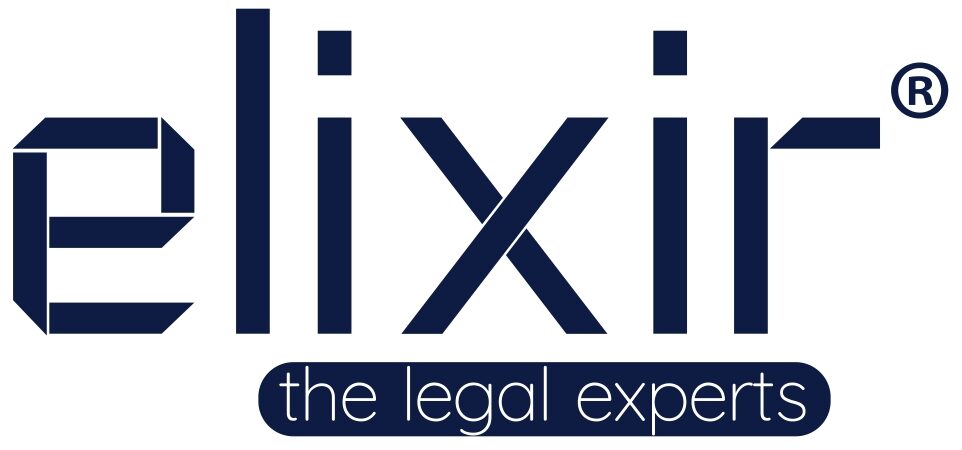Everything You Need to Know About Merger and Acquisition process and the Law
What is a Merger and Acquisition?
Merger and acquisition (M&A) is a financial transaction that unites two firms or assets. Mergers happen when two or more businesses merge to form a new, joint company. Acquisitions happen when one company buys out another. Mergers, acquisitions, and divestitures are common techniques for firm reorganization. These can differ depending on control, intent, and other factors.
There are numerous reasons why businesses engage in mergers and acquisitions, including:
- Elimination of the competitors by the expansion
- Synergy momentum – businesses in the same industry might benefit from one another’s strengths
- Gaining a competitive advantage or expanding the market share
- Offering or service diversification
- Saving some money, etc.
Companies should adopt an M&A strategy before undergoing a merger or acquisition.
What is an M&A strategy?
The driving notion behind the deal amongst companies for mutual benefit is referred to as the mergers and acquisitions (M&A) strategy. The types of deals pursued by companies and investors are determined by their motives. In general, the most typical goals of M&A fall into two categories: enhancing financial performance and lowering risk.
To comprehend company mergers and acquisitions tactics, we need to first know the two primary buyer types, each of which aims to acquire companies for distinct reasons:
- Strategic purchasers use mergers and acquisitions to achieve their own strategic goals, such as acquiring objects or expertise, expanding markets, or obtaining consumers.
- Strategic buyers are more likely to take over other businesses, and these transactions are referred to as strategic M&A.
Financial purchasers are interested in M&A transactions for the goal of financial return, such as enhancing operating cash flow. These buyers may buy a company with the goal of selling it or placing it on the stock market in an initial public offering (IPO). These transactions are known as financial M&A, and some financial buyers are professional investors.
Private equity firms (PE firms) are among these professional investors, and they strive to buy and hold companies for a cycle (typically 10 years) before selling them for a profit. PE firms often strive to actively improve a company’s worth in order to maximize earnings, and they may do so by putting people they select as top executives.
What is the M&A process?
If you work in investment banking or corporate growth, you will need to create an M&A deal procedure. Investment bankers counsel their clients (the CEO, CFO, and corporate development executives) on the numerous M&A phases involved in this process.
A typical step M&A transaction process includes the following steps:
- Develop an acquisition strategy – A good acquisition strategy is based on the acquirer having a clear idea of what they expect to gain from the acquisition – what their business purpose is for acquiring the target company (e.g., expanding product lines or gaining access to new markets).
- Determine the essential criteria for finding possible target organizations (e.g., profit margins, geographic location, or client base)
- Search for potential acquisition targets – The acquirer searches for and then evaluates potential target companies using the search parameters they have established.
- Begin acquisition planning – The acquirer contacts one or more firms that satisfy its search criteria and appear to offer good value; the objective of the early conversations is to gather additional information and determine how amenable the target company is to a merger or acquisition.
- Perform valuation analysis – Assuming that the initial contact and conversations go well, the acquirer requests that the target company provide substantial information (current financials, etc.) that will allow the acquirer to further evaluate the target, both as a business in its own right and as a suitable acquisition target.
Conclusion
Are you looking for the best law firm for mergers & acquisition transactions? The Public and Private mergers and acquisitions lawyers at Elixir Legal services take care of drafting a confidentiality agreement and a letter of intent. This is followed by a due diligence process of analyzing whether the acquisition entails any significant legal risks. We then draft share or asset purchase agreements, after considering all the risks identified in the due diligence exercise. We also liaise with the notaries, negotiate, supervise closing and post-closing, and take care of other implementation work. Elixir Legal Services advise board members and management on legal obligations and shareholder relations for the transaction that is supposed to happen. We facilitate asset and share transactions, listed and unlisted company takeovers, joint ventures, corporate reconstructions, leveraged buyouts, and management buyouts on a national and international scale.


